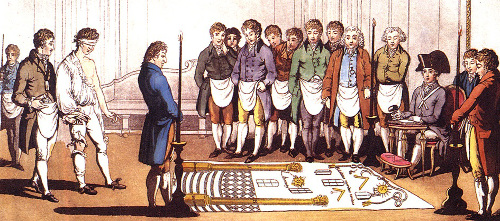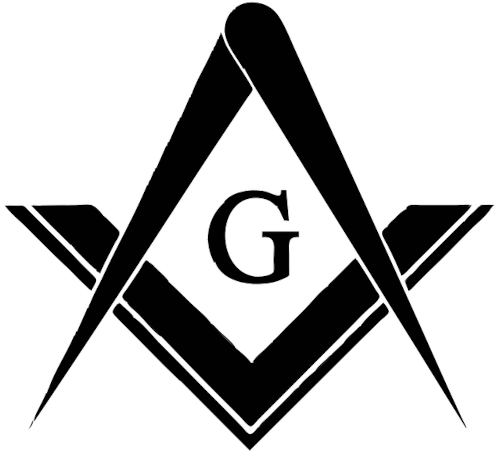
Freemasonry is a fraternal organization that traces its origins to the local fraternities of stonemasons, which from the end of the fourteenth century regulated the qualifications of stonemasons and their interaction with authorities and clients. The degrees of Freemasonry retain the three grades of medieval craft guilds, those of Apprentice, Journeyman or fellow (now called Fellowcraft), and Master Mason. These are the degrees offered by Craft (or Blue Lodge) Freemasonry. There are additional degrees, which vary with locality and jurisdiction, and are usually administered by different bodies than the craft degrees. Read more: How to become a freemason ?
Freemasonry became very popular in Europe in the 17th and 18th centuries, particularly among the British aristocracy, and spread to the colonies, including America. Freemasonry was influential in the development of the values of the Enlightenment and helped to spread new ideas and ways of thinking across the Western world.
The freemasons in the late 19th and early 20th centuries

In the late 19th and early 20th centuries, the spread of Freemasonry was curtailed in many countries, particularly in Europe, where many lodges were suppressed by governments that saw Freemasonry as a political threat. In some countries, Freemasonry was revived in the late 20th century and continues to exist today as a social and charitable organization.
In summary, Freemasonry is a fraternal organization with a long history, originally linked to the medieval stonemasons' guilds, that has evolved over time and continues to exist as a social and charitable organization in many parts of the world.

